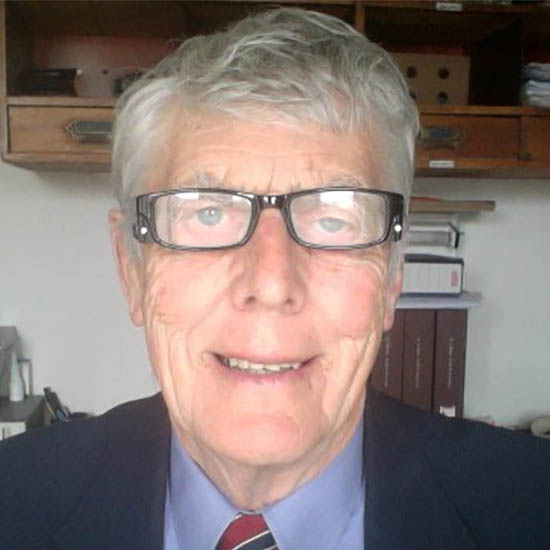John Nixon has conducted synthetic, structural and spectroscopic (nuclear magnetic resonance and photoelectron) studies on novel phosphorus compounds, and their ligating behaviour towards transition metals. His early work showed fluorophosphines to have remarkably wide applicability as ligands. The first comprehensive analysis and review of phosphorus-31 chemical shifts and coupling constants in transition metal–phosphine complexes (with Alan Pidcock) was very influential.
With Harry Kroto, John pioneered novel syntheses and structurally characterised many transient phosphorus compounds containing phosphorus–carbon multiple bonds. He was the first to exploit the ligating potential of phosphaalkenes, phosphaalkynes, diphosphacyclobutadiene and polyphosphorus analogues of the cyclopentaidenyl anion, culminating in the synthesis of remarkable penta- and hexaphosphorus analogues of ferrocene.
John has authored 396 papers and is a co-author of Phosphorus: The Carbon Copy (1998; with Francois Mathey and Keith Dillon). He has received the Royal Society of Chemistry’s Corday–Morgan Medal, Main Group Element Award, Tilden Prize and Ludwig Mond Award, as well as two Alexander von Humboldt research prizes and the Géza Zemplén Medal of the Budapest Institute of Technology.
Subject groups
- Chemistry
Chemistry, inorganic, Chemistry, organic

